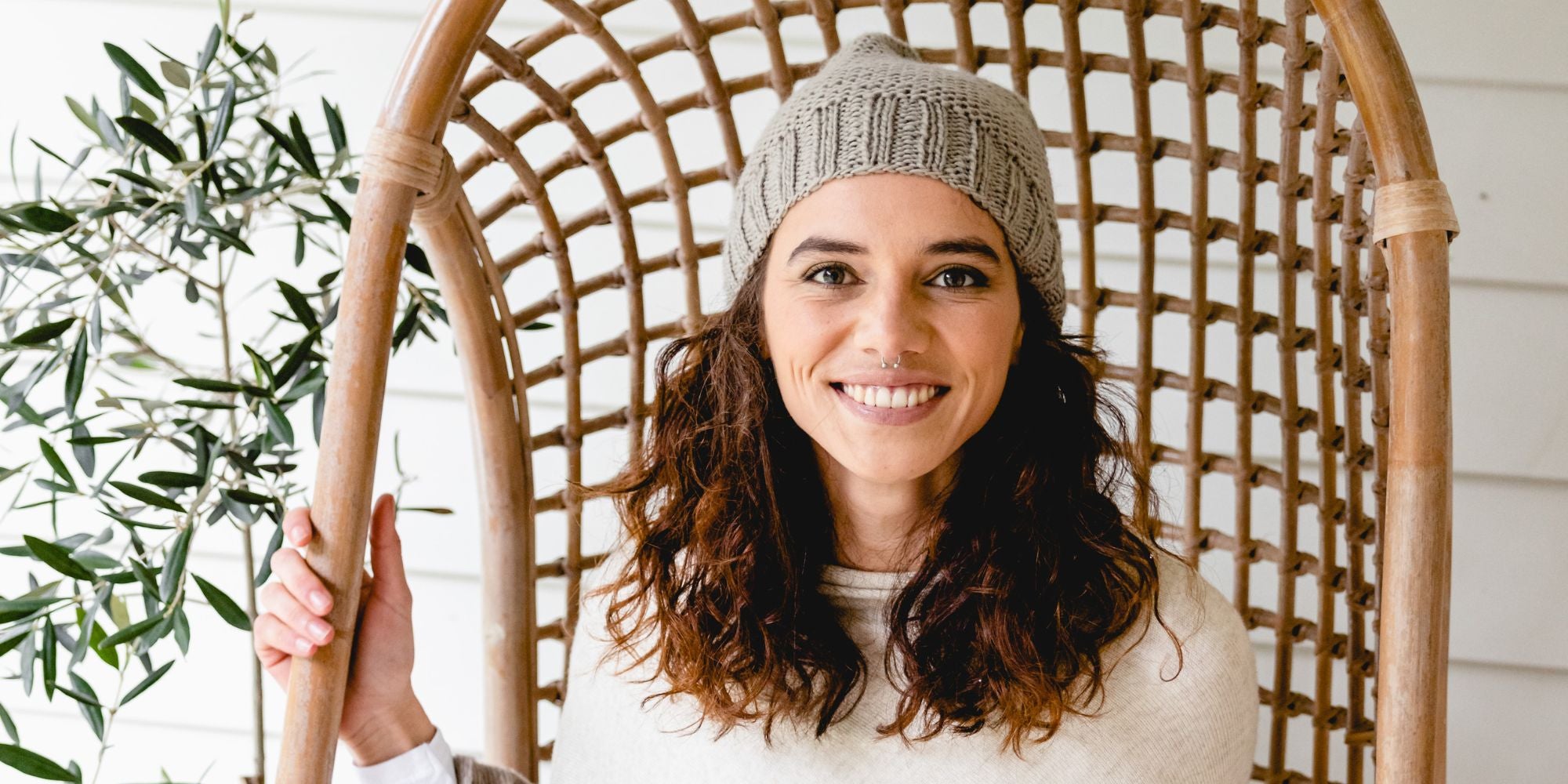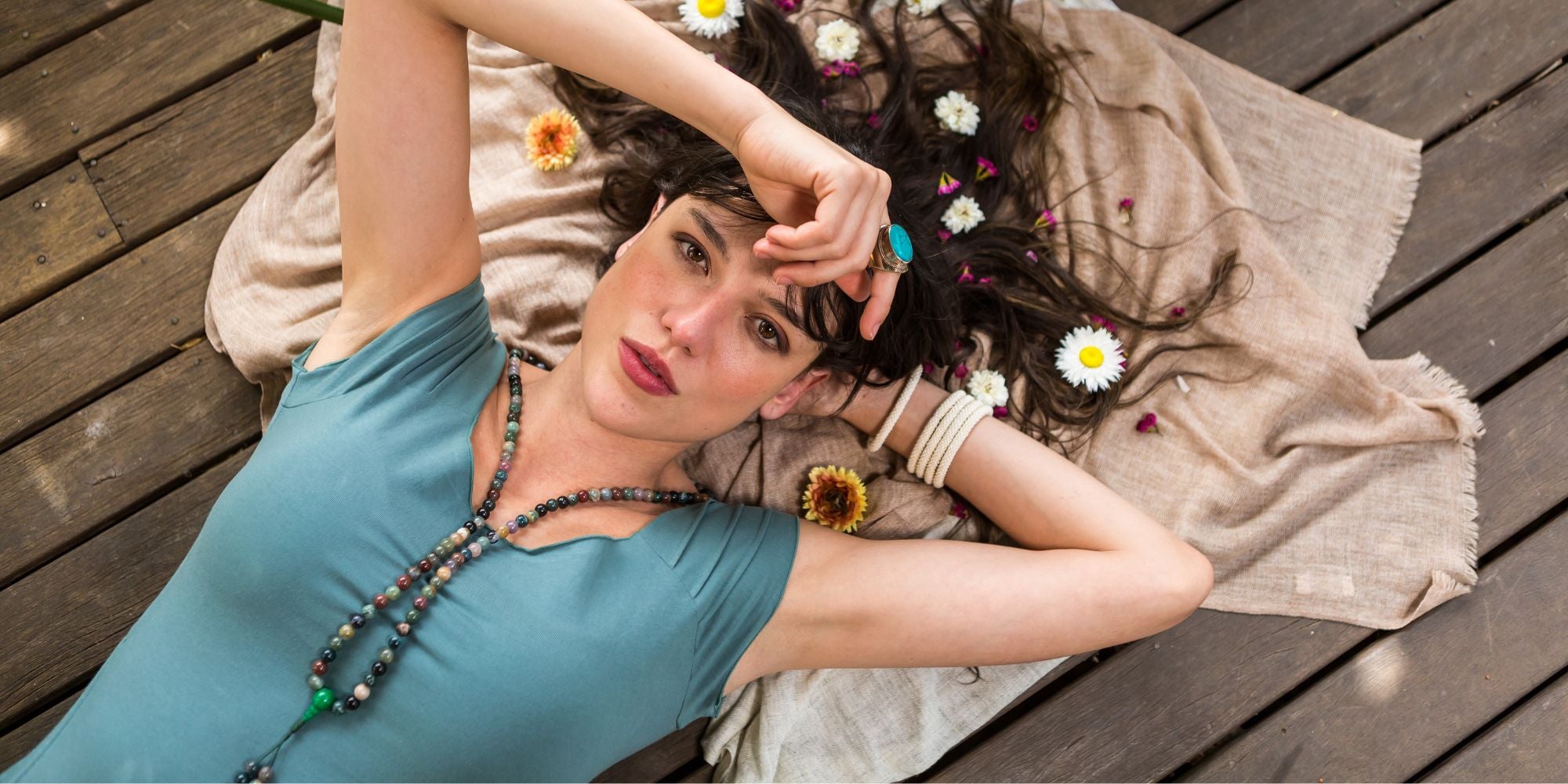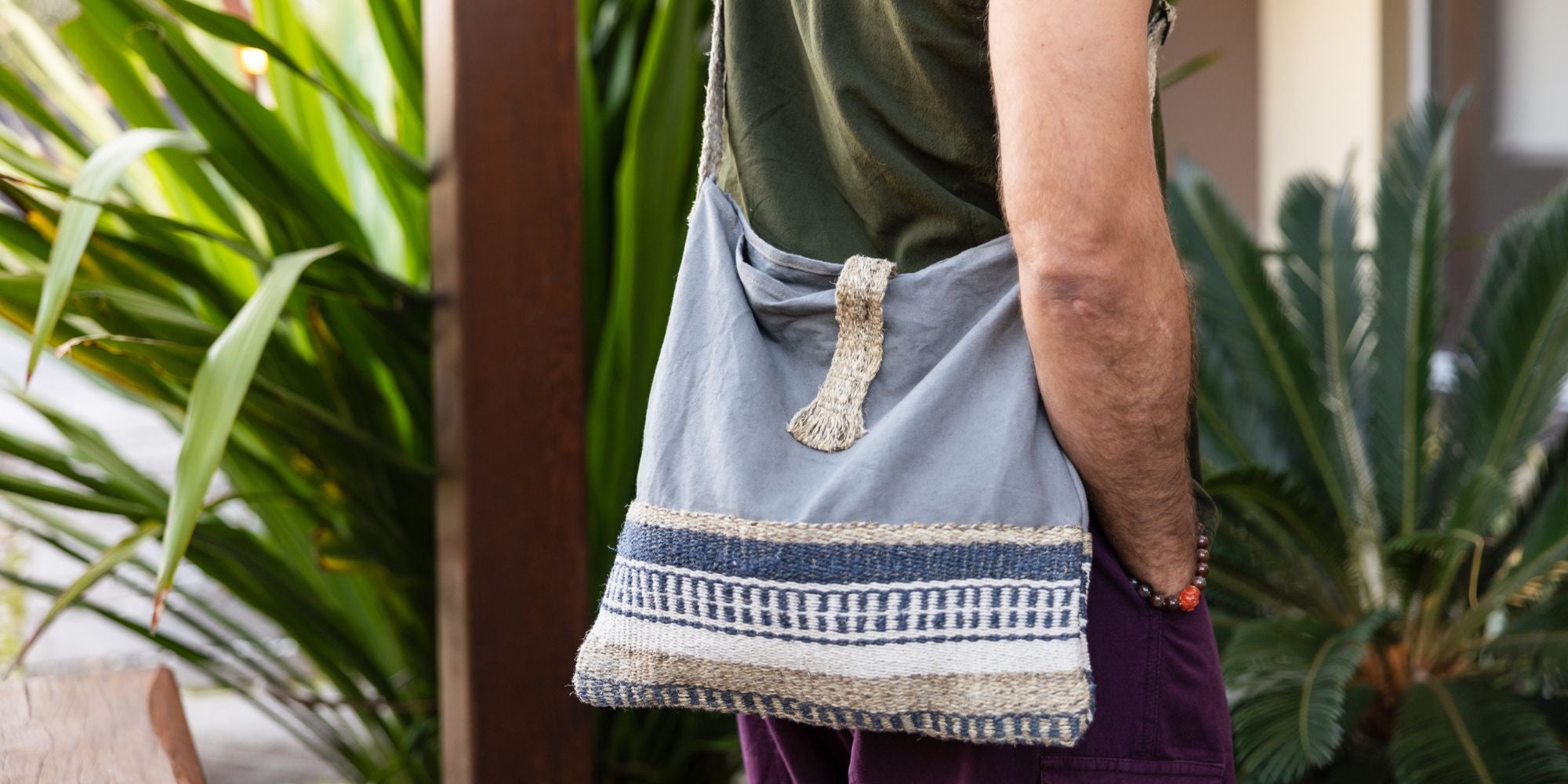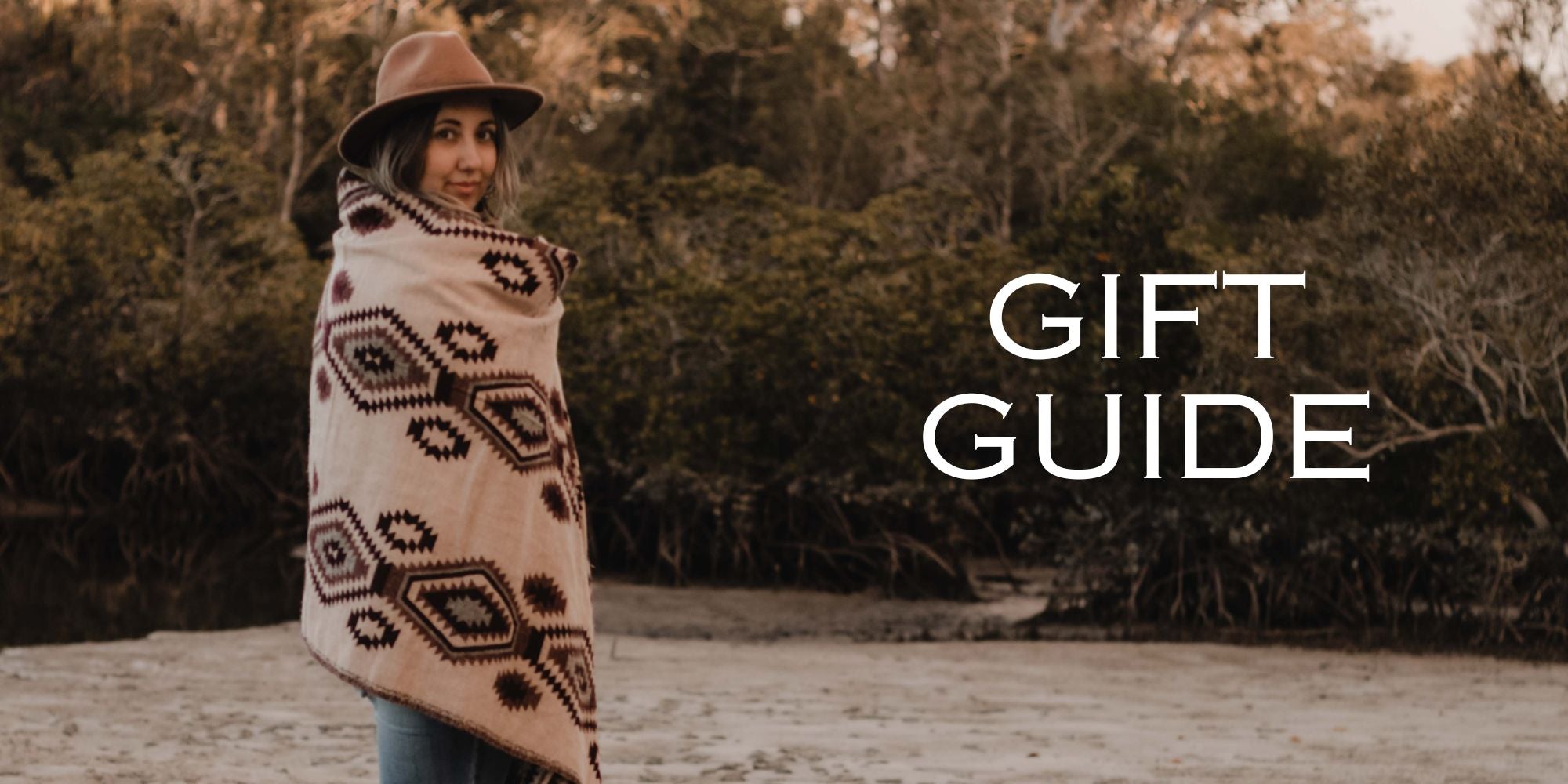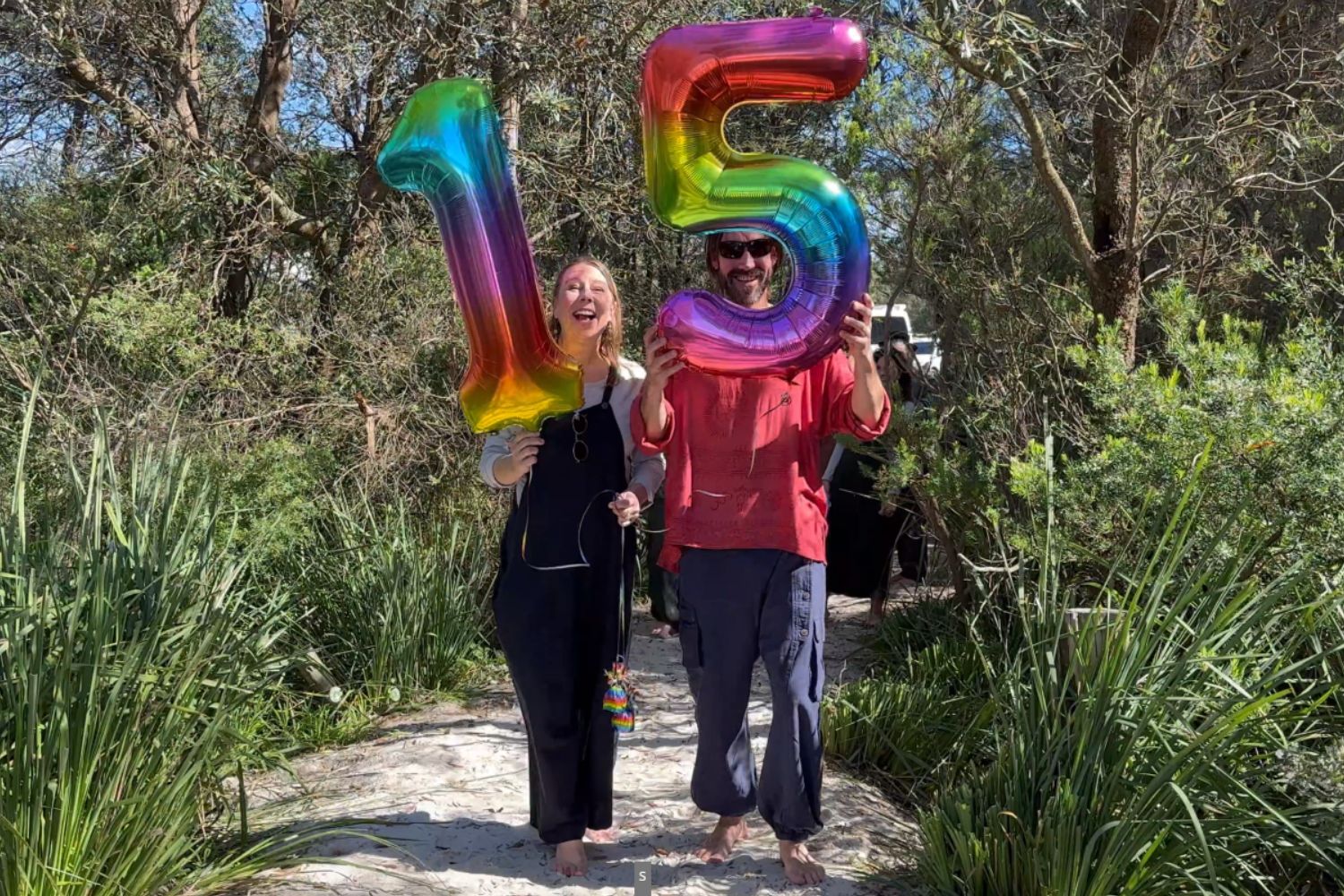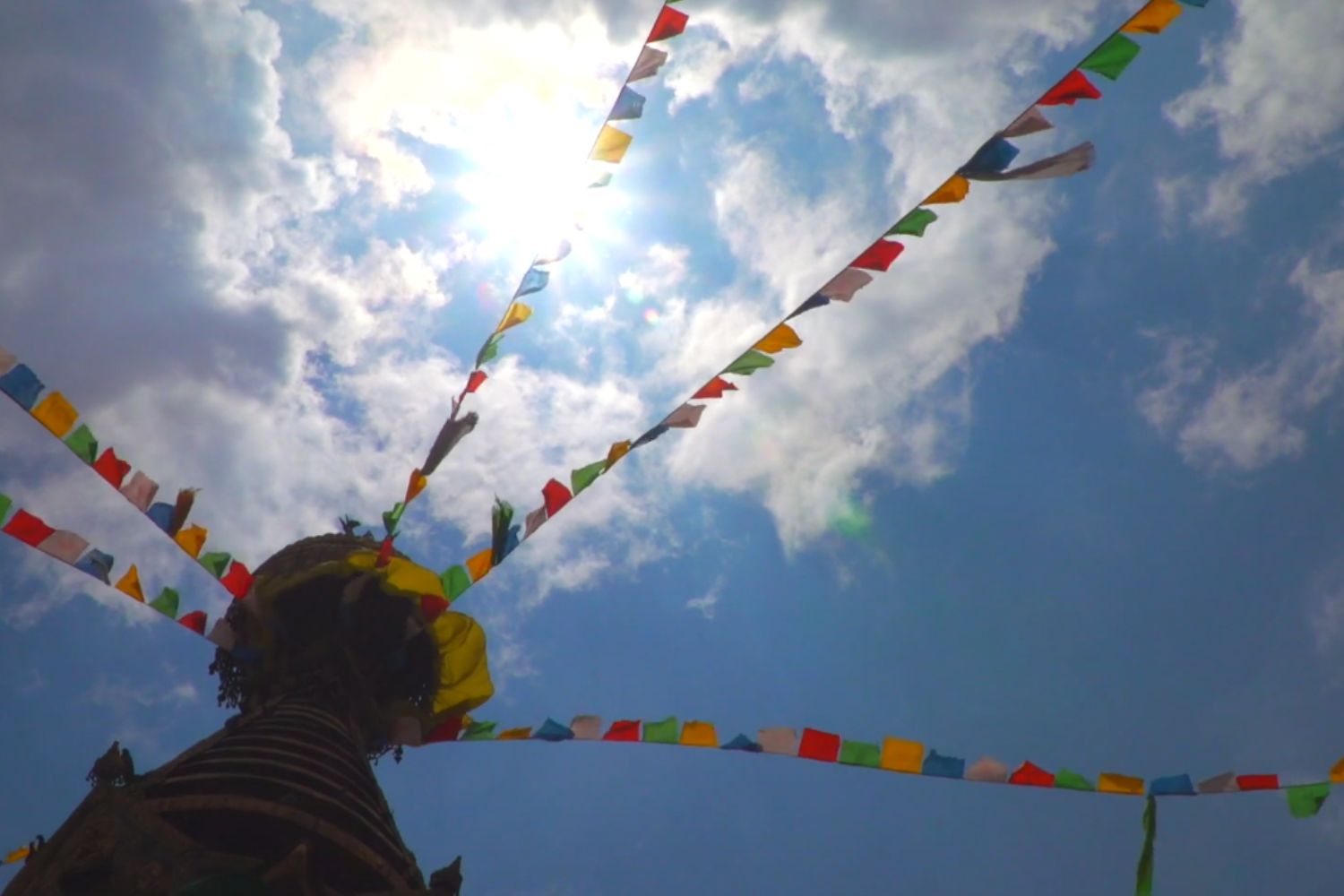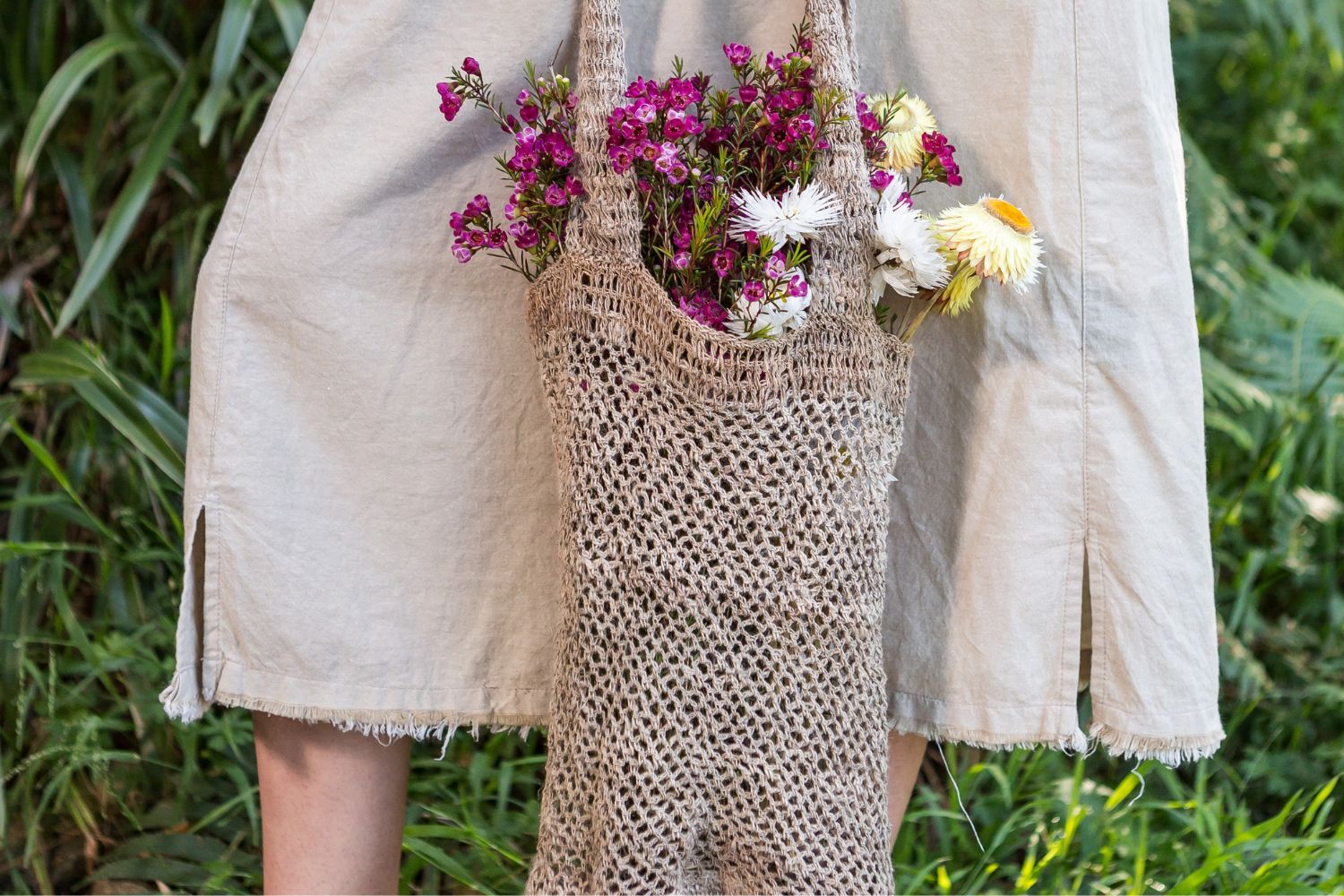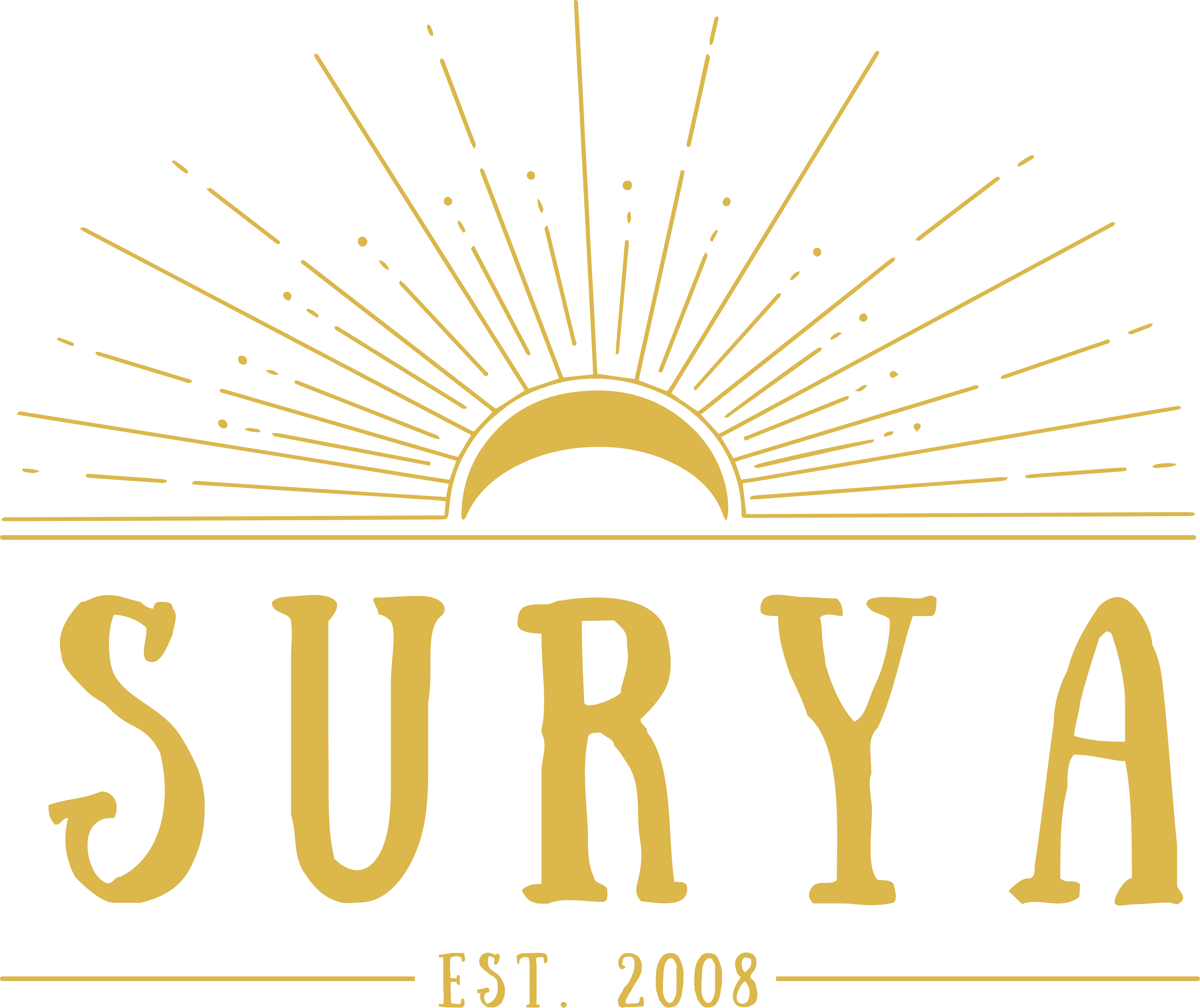
In 2008, Yo and I travelled overland to Nepal from Northern India. The wet season had just begun, and the suffocating humidity and opressive heat of New Delhi drove us north where, we had hoped it would be cooler. We had spoken for months about our highly anticipated 6 month travel in India, and here we were, not even three months in and desperate to leave! So we did. Isn't it mind-blowing when you look back at decisions which ultimatley shaped your life to come, and realise they were based on something as transient as the weather!

We spent our first night in Nepal in a border town on the Nepalese side. I LOVE these dodgy little towns! The ambitious but unlikely (and often uncomfortable and tense) mixing of two different cultures, languages, foods and customs along with the necessary first-time-dealing-with-this-currency-rip-off is solid memory making stuff! It's quite easy for me now to recall specific thoughts and feelings from 3 years ago when I sometimes have trouble remembering what I had for lunch yesterday :)

I used to photograph windows and doorways a lot when I first got to Nepal (as you can see from the pics :) - but more so than in any other country. I found them all so haunting and laden with history and anticipation. It was almost like, where I was standing was the past, the door (or window) was the present and on the other side (which I had yet to see) was the future. The symbolism is completley insightful to me now, but at the time I was just drawn to the whitewashed walls with picturesque scenes in them.

The eyes on the door in the picture above (and on the stupa below) represent the 'Eyes of Wisdom'. This is recreated everywhere in Nepal, and has now become symbolic of the country herself. The most famous of these is at Boudha Stupa in Kathmandu, which was built centuries ago for Tibetan merchants to stop, rest and offer prayers. Originally on the trade route from Tibet to Kathmandu Valley, the actual date of construction is unknown, but is estimated to be close to 1500 years old! Many Tibetan refugees entering Nepal in the 1950s decided to live around the Boudha. This World Heritage Listed Buddhist temple is now visited by thousands of people each day, both for pilgrimage and tourism.
The symbolism of the eyes in particular is the 'all seeing' Buddha. The curly question mark 'nose' is the Nepali symbol for the number 1, representing the unity of all things. And the third eye at the top is referring to the path to enlightenment.


When you see this picture (and it is everywhere - temples, doors, rocks, tree trunks!), it takes your breath away. This powerful image seems to remind us of who we really are. You can't help but be in awe of our history, and how that history has moved into the present with just as much relevance. You see it, you stop, and you think about what this means to me - it's very personal. Which, to me is the original reason people turn toward religion - to find personal meaning. In that regard, the ancient leaders have (and are still doing!) their jobs well :)

Until next time,
Mel Xx


